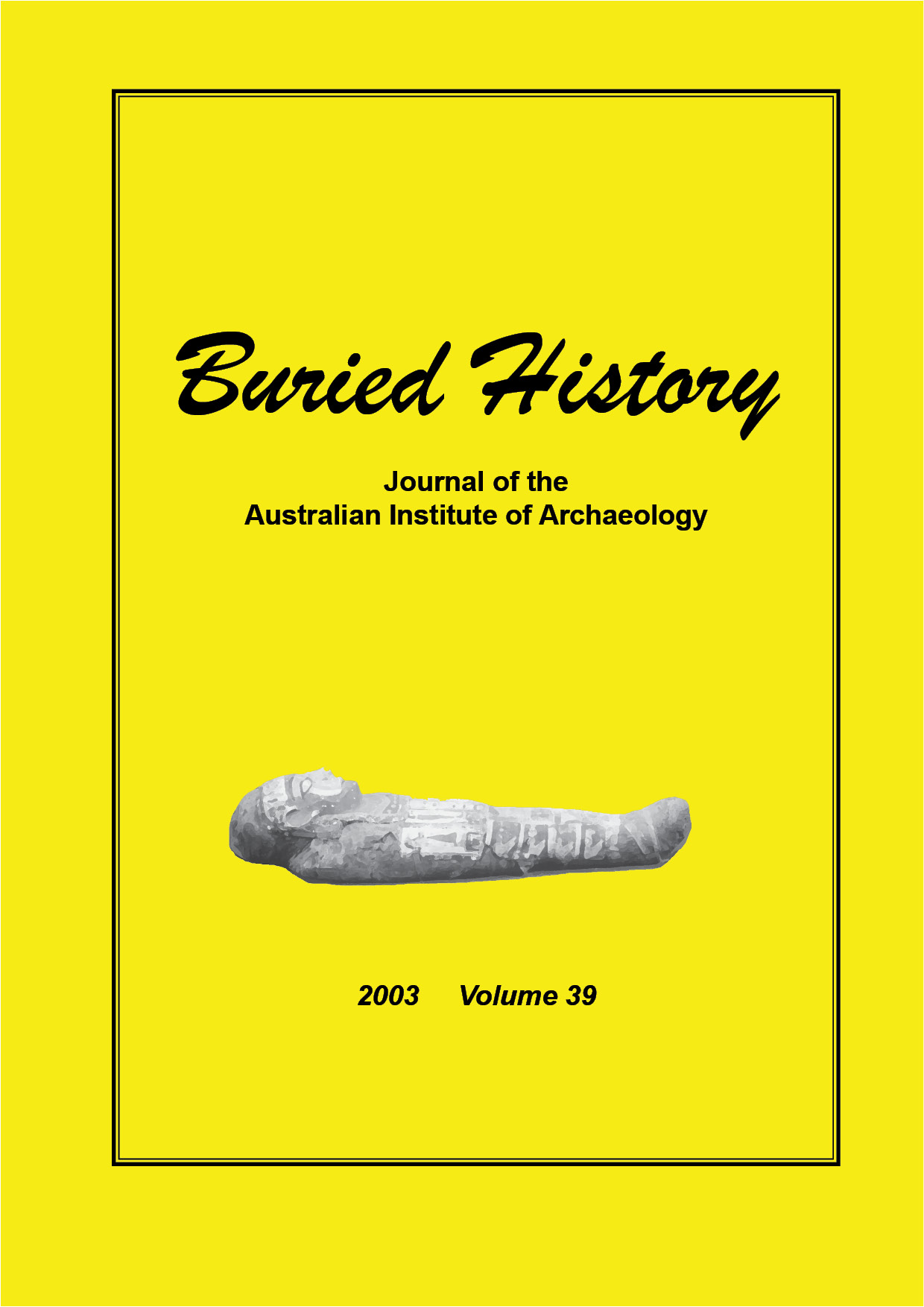William Flinders Petrie and the Egyptology Collection at the Manchester Museum, England
DOI:
https://doi.org/10.62614/37rr6c84Abstract
Sir William Flinders Petrie (the grandson of Captain Matthew Flinders who explored the coast of Australia between 1797 and 1803) had a brilliant career as an archaeologist that spanned five decades, and his contribution to the subject in developing scientific methodologies for excavation is unparallelled. Initially, it was Amelia B. Edwards, a founder of The Egypt Exploration Fund in London, who recognised Petrie’s genius, and ensured that he was recruited as one of the Fund’s first archaeologists. However, disagreements with the Committee led to a parting of the ways, and in 1886, he had no excavations in view and his career faced premature extinction. Amelia Edwards then introduced Petrie to Jesse Haworth, a textile manufacturer with an interest in Egyptology who lived in Manchester, England. He took up the support of Petrie’s work and, for many years, he financed his excavations. Finds from these sites came to form the basis of two major collections: at The Petrie Museum, University College London, and at The Manchester Museum, University of Manchester. The recent establishment of the endowed KNH Centre and Chair for Biomedical Egyptology at the University of Manchester has fulfilled Jesse Haworth’s hope that the university would establish a professorship in Egyptology.
Downloads
Published
Issue
Section
License
Copyright (c) 2004 A. Rosalie David (Author)

This work is licensed under a Creative Commons Attribution-NonCommercial-ShareAlike 4.0 International License.




